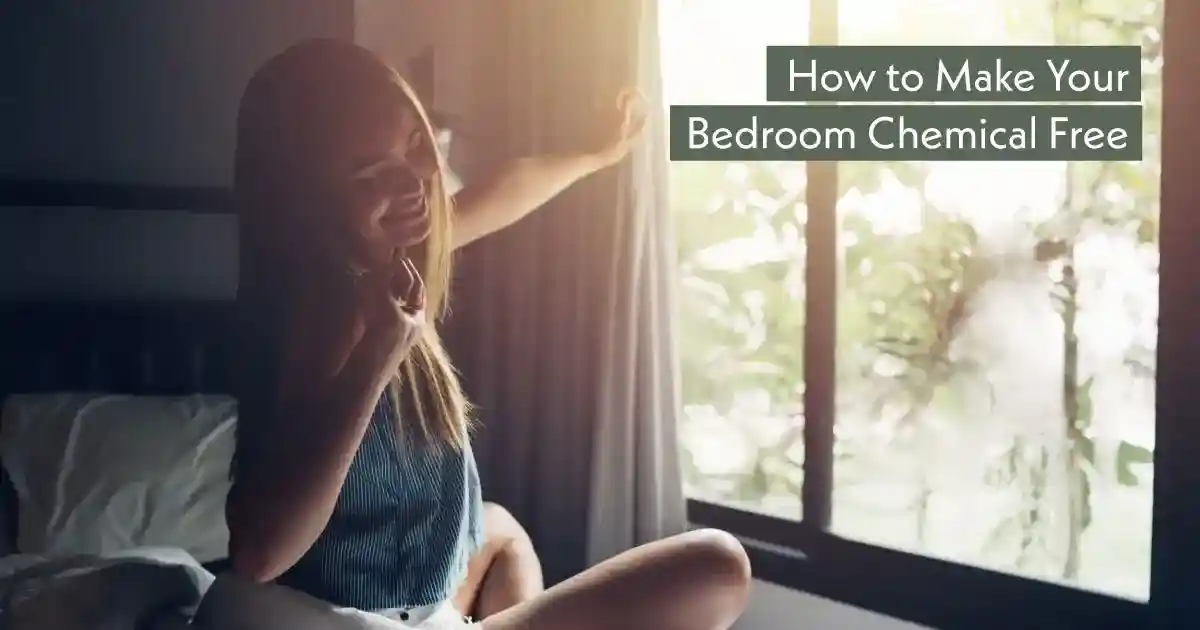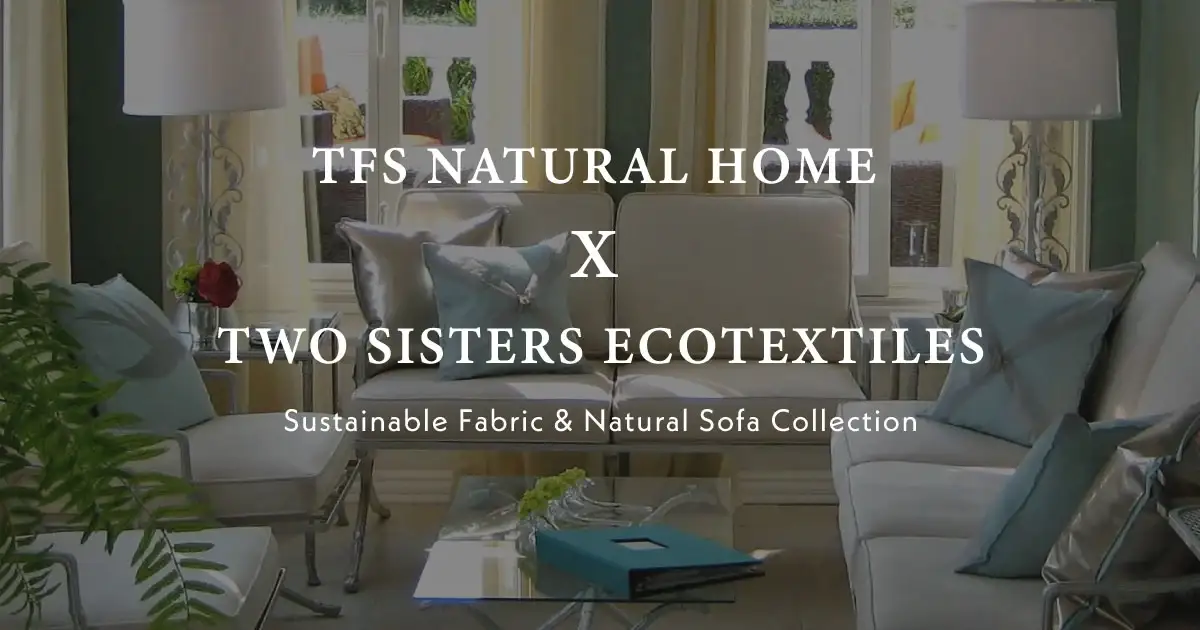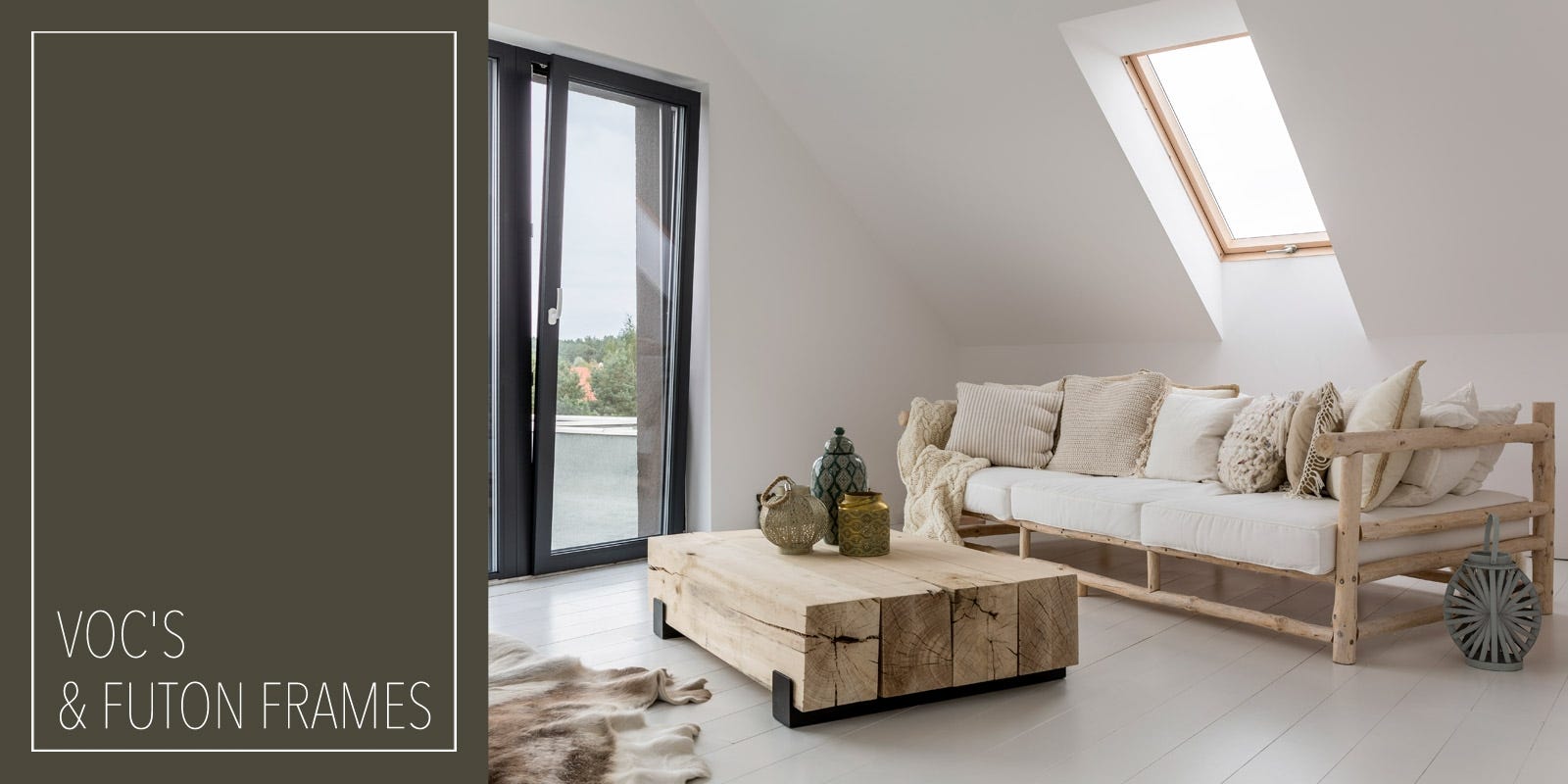
What Are Examples Of Volatile Organic Compounds In The Home?
When shopping for a finish, the VOC rating should be used as a “general” measure of toxicity levels across different brands. However, this is not a fool proof indicator of a product’s toxicity. There are other toxic VOC’s that you should keep avoid. Below is a short list of the most toxic VOC’s that you should try to keep away from:
- 1. Benzene (benzol)
- 2. Toluene
- 3. Xylene (xylol)
- 4. Carbon Tetrachloride
- 5. Methylene Chloride
- 6. Methyl Chloroform
- 7. Ethylene Glycol
- 8. Dichloride
- 9. Perchloroethylene
- 10. Trichloroethylene
VOC in wood finishes, create some of the most toxic off-gassing elements of indoor living. Finishes protect wood form aging, moisture, cracking, splitting and general wear and tear. Wood finishes like paint can contain high levels of VOC volatile organic compounds. These compounds, especially indoors adds to the toxic air pollutes in your home, and can make you ill. There are basically 5 different generations of finishes for wood.
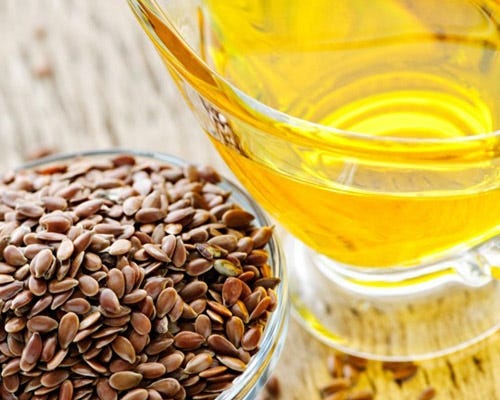
The best and safest of course is natural oil, such as flaxseed or flaxseed oil. These are natural oils, or you can even use olive or sunflower oil as a wood preservative. Wood is a natural material and needs to be kept moist or it can crack and split. Oil keeps natural wood moisturized, which keeps the wood from splitting. Natural finishes, used by the Amish woodcrafters in futon frames, as well as higher end natural platform bed manufacturers in America offers this option. There is no VOC element in natural oil, as there are not chemicals in natural oil. There are very few allergic reactions to natural oil finishes.
Lacquers and varnishes with acrylic binders generally have an extremely high solvent and VOC content. VOC are readily outgassed from these type of products, as these solvents usually contain toxic xylene and toluene chemical compounds. Low-VOC water based lacquers that falls below 350 grams per liter are best.
Shellac is a resin binder, is better than lacquers but still need a sealer to be durable. Shellac uses ethanol, an alcohol made from corn. The vapor from the ethanol in shellac can irate your eyes and throat. Shellac can also be made from methanol, a toxin also called wood alcohol.
Any water based sealer and even glue for that matter is the safest form of finish besides natural oil. Water based finishes and glues contain fewer toxic chemicals and are more eco-friendly. Always look for low VOC finishes no matter what the source is.
Learn More About Futon Frames
Everything You Need To Know About Futons

 What Houseplants Are Best For Cleaning The Air?
What Houseplants Are Best For Cleaning The Air? What To Consider When Buying A Futon?
What To Consider When Buying A Futon? Why Buy A Futon
Why Buy A Futon What Wood Is Best For Beds?
What Wood Is Best For Beds? What Are Futon Frame Styles?
What Are Futon Frame Styles? What's The Most Comfortable Futon Mattress?
What's The Most Comfortable Futon Mattress? What Are The Sizes Of Futons?
What Are The Sizes Of Futons?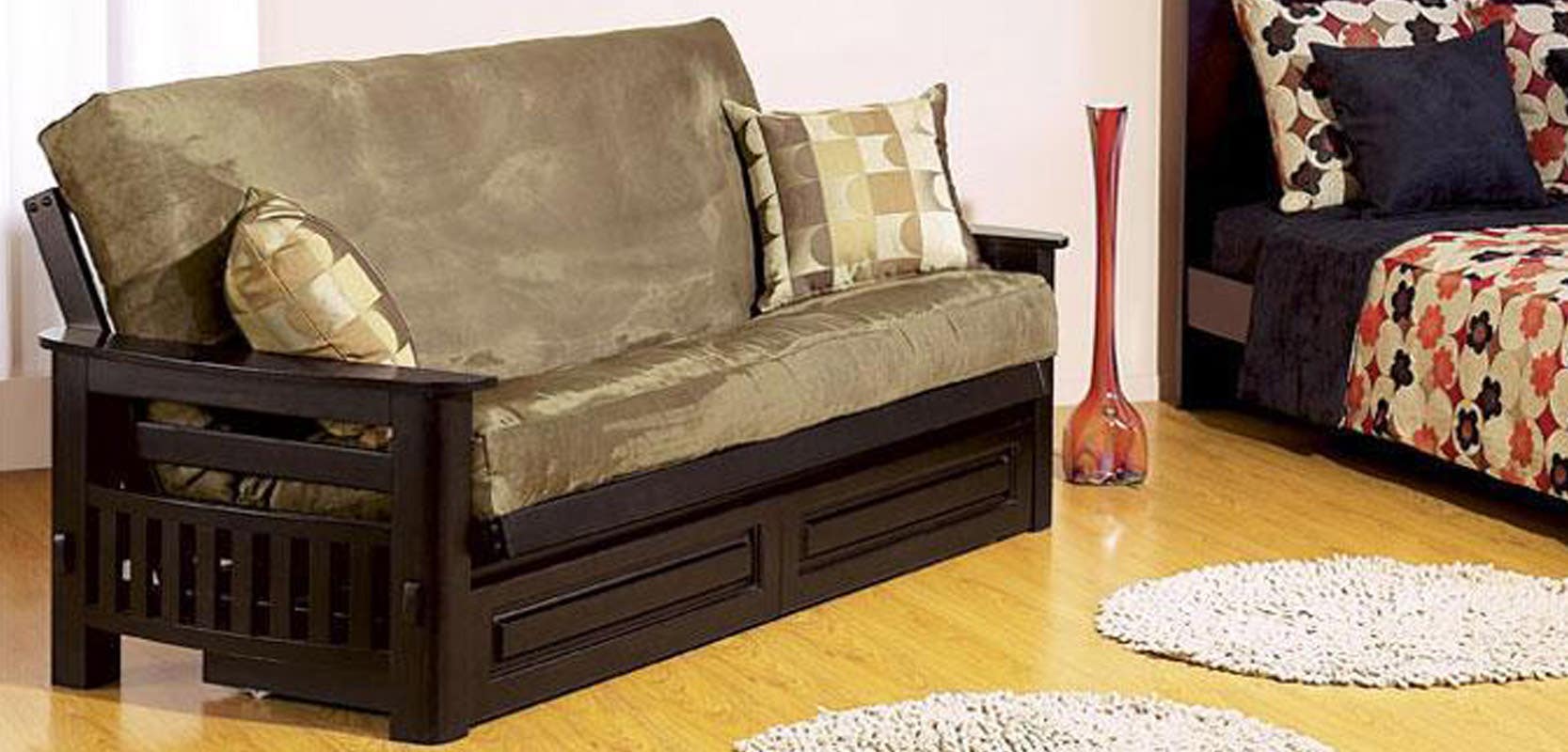 How To Care And Maintain Your Futon?
How To Care And Maintain Your Futon? What Furniture Is Best For My Health?
What Furniture Is Best For My Health? What Causes Poor Indoor Air Quality?
What Causes Poor Indoor Air Quality?
